Transforming Gardens with Durable Design
Fancy a stunning water feature for your garden? A raised pond built with railway sleepers might be just the ticket.

Fancy a stunning water feature for your garden? A raised pond built with railway sleepers might be just the ticket.
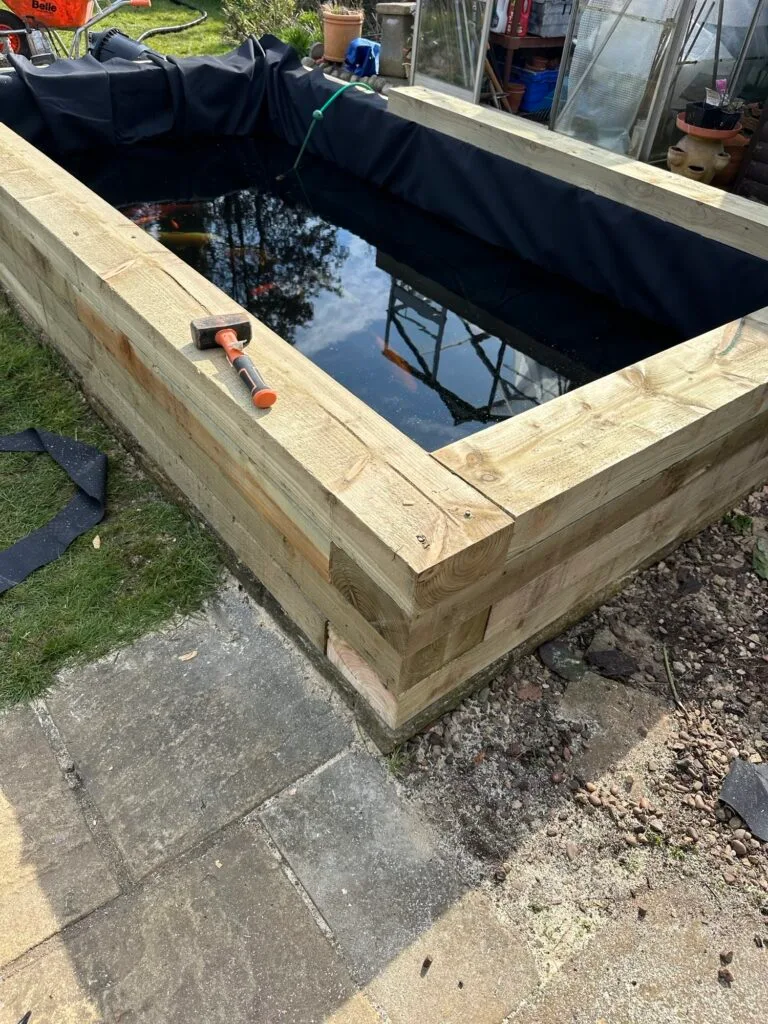
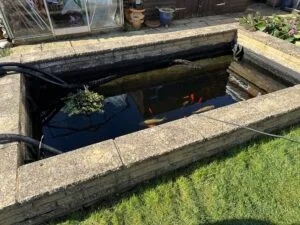
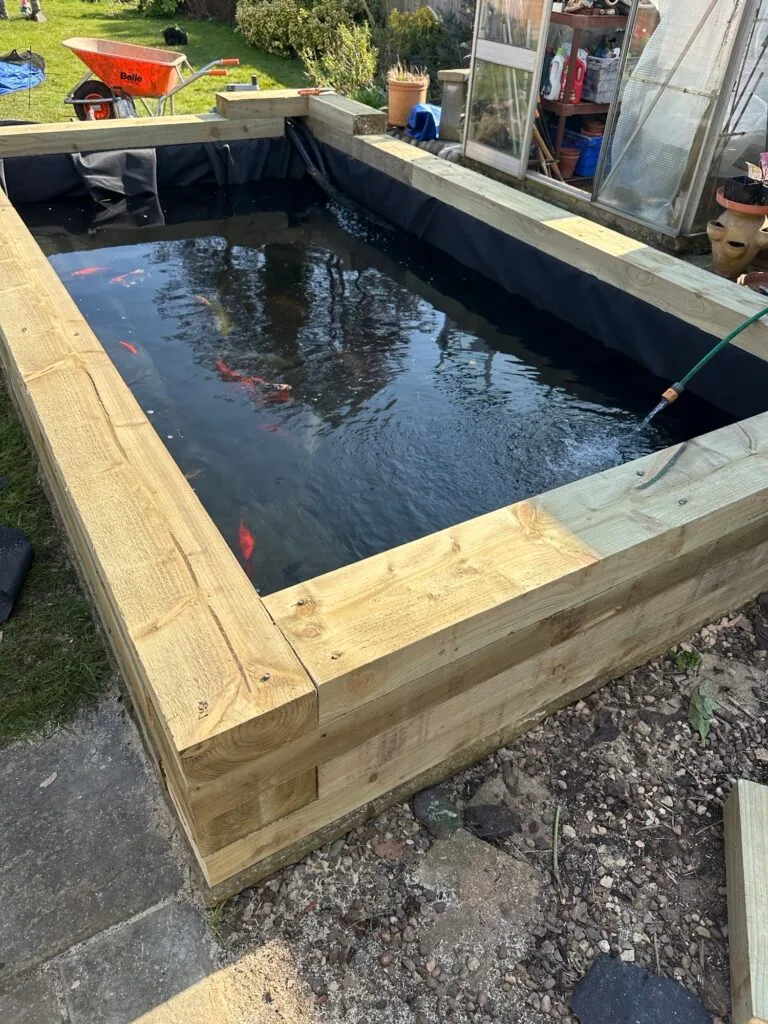
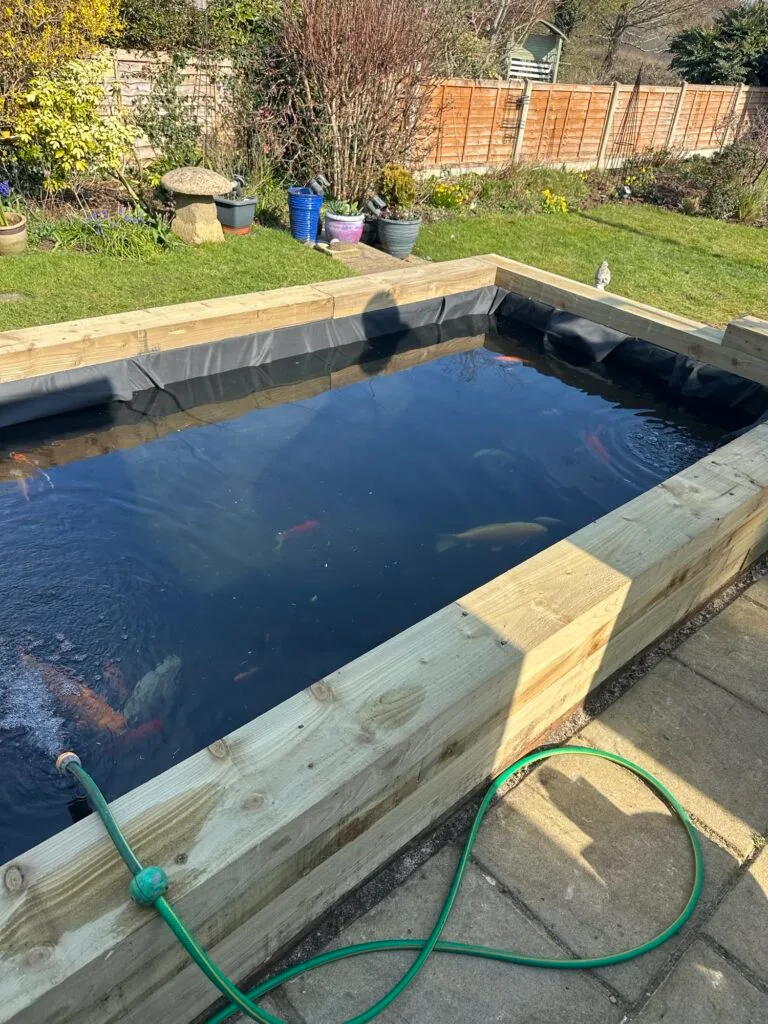
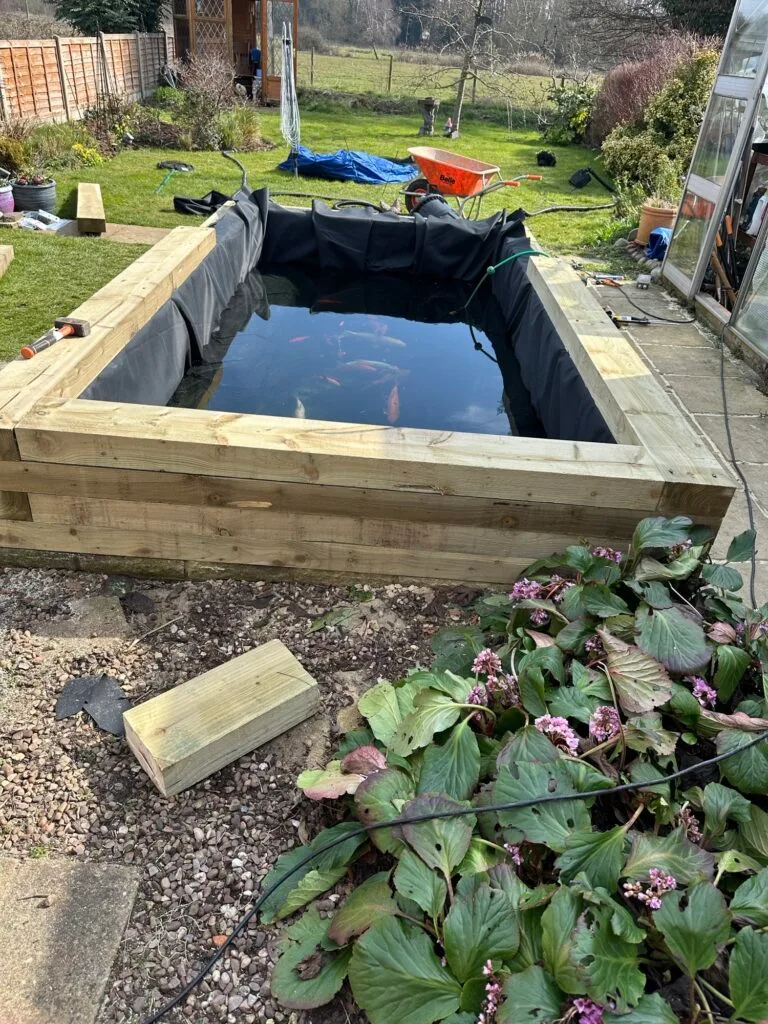
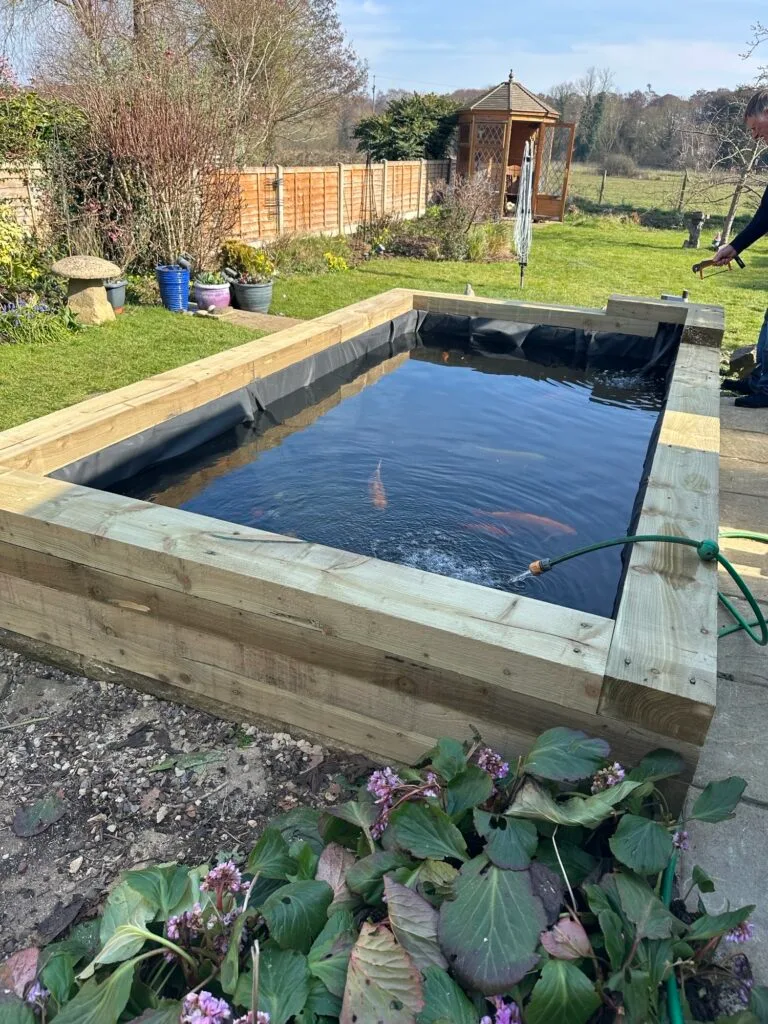
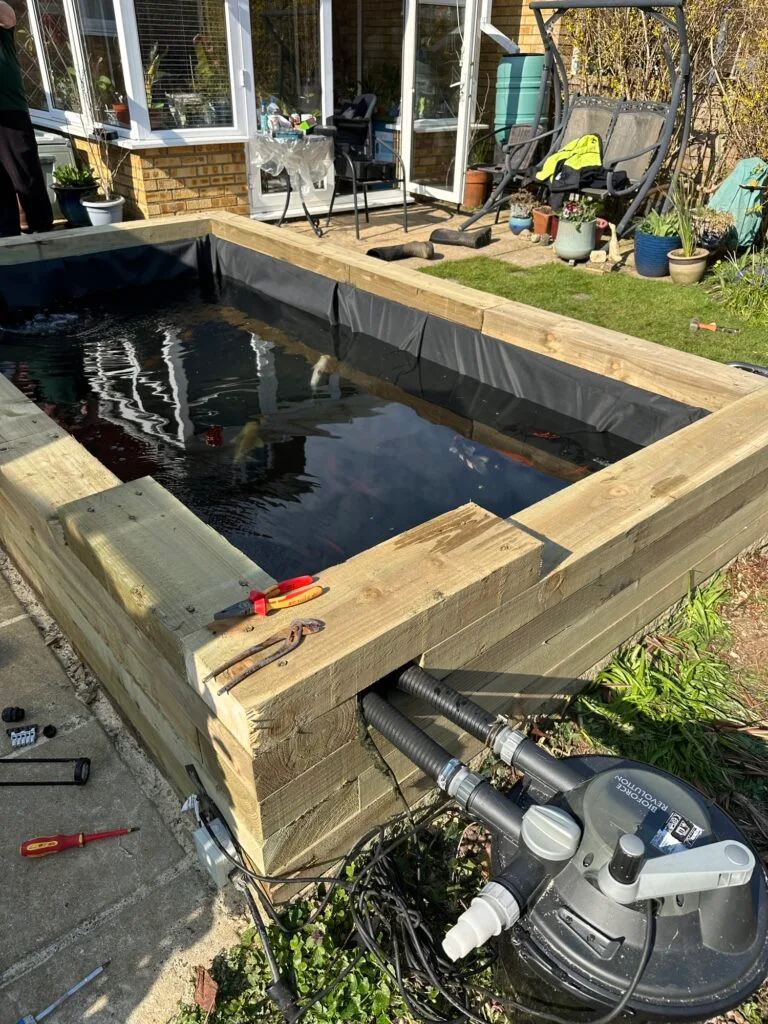
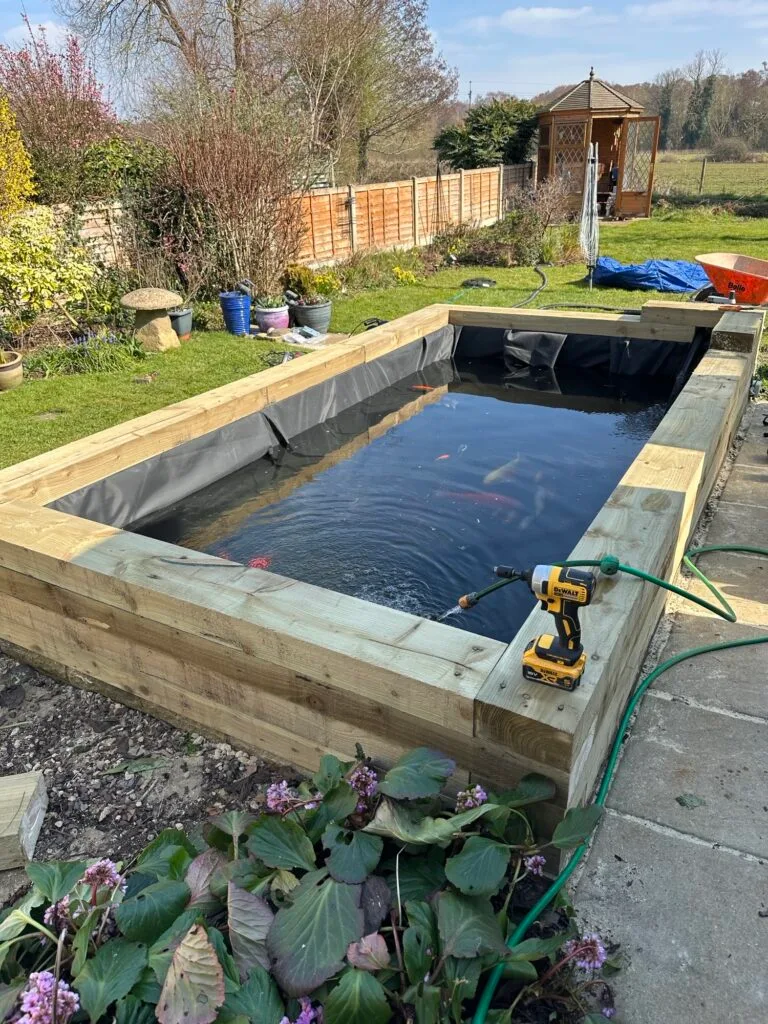

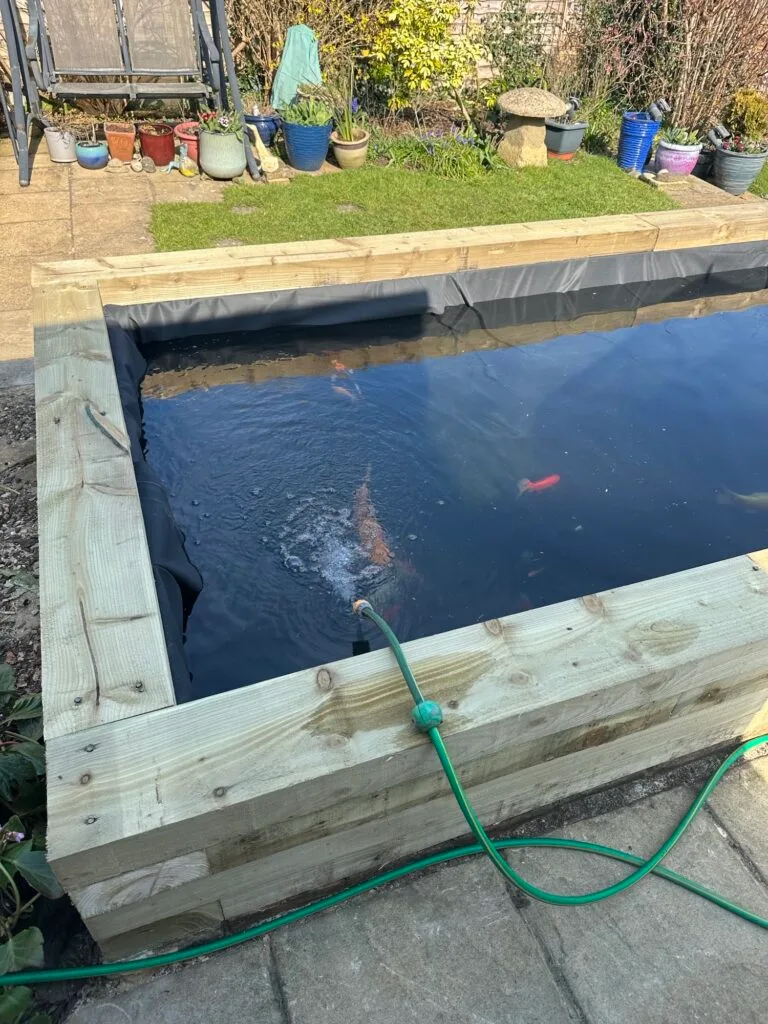
Creating a beautiful water feature in your garden is easier than ever with Aqua Pond’s railway sleeper ponds. These ponds offer an easy-to-install solution that enhances the beauty of any outdoor space while fostering a vibrant aquatic ecosystem. We believe that the right design and maintenance can turn any garden into a tranquil retreat, making it perfect for both leisure and wildlife.
At Aqua Pond, we strive to provide high-quality construction and support throughout the installation process. Our railway sleeper ponds not only look great but also make fish care and pond management straightforward. With our expert guidance, we can help you establish a balanced environment for your aquatic life while ensuring your pond remains a stunning focal point in your garden.

Frequently Asked Questions
MY POND IS OVERGROWN.
MY POND IS LEAKING – WHAT CAN I DO?
WHY IS MY POND WATER GREEN?
Do I need to have my pumps running all the time?
Why Choose Us
Experience With years of experience in pond maintenance and cleaning, our team has the expertise to handle ponds of all sizes and complexities. We are dedicated to delivering high-quality services tailored to meet the unique needs of each customer.
Professionalism Our team consists of trained professionals who are passionate about pond care. We take pride in our work and strive to exceed our customers’ expectations with every service we provide.
Customised Solutions We understand that every pond is different, and we tailor our services to suit the specific requirements of each customer. Whether you have a small backyard pond or a larger water feature, we have the knowledge and resources to keep it in pristine condition.
Environmentally Friendly Practices We are committed to using eco-friendly products and methods in our pond cleaning services. Our goal is to promote sustainability and preserve the natural balance of your pond ecosystem.
Customer Satisfaction Your satisfaction is our top priority. We work closely with our customers to ensure that their pond maintenance needs are met with professionalism and care. We take the time to listen to your concerns and provide personalised recommendations to help you achieve the pond of your dreams.
Ready to schedule a pond cleaning service with us?
Contact Aqua Pond today to learn more about our services and to book an appointment.
Let us help you create a clean, healthy, and vibrant pond that you can enjoy for years. Thank you for considering Aqua Pond for your pond maintenance needs.
What our Customers Say...
